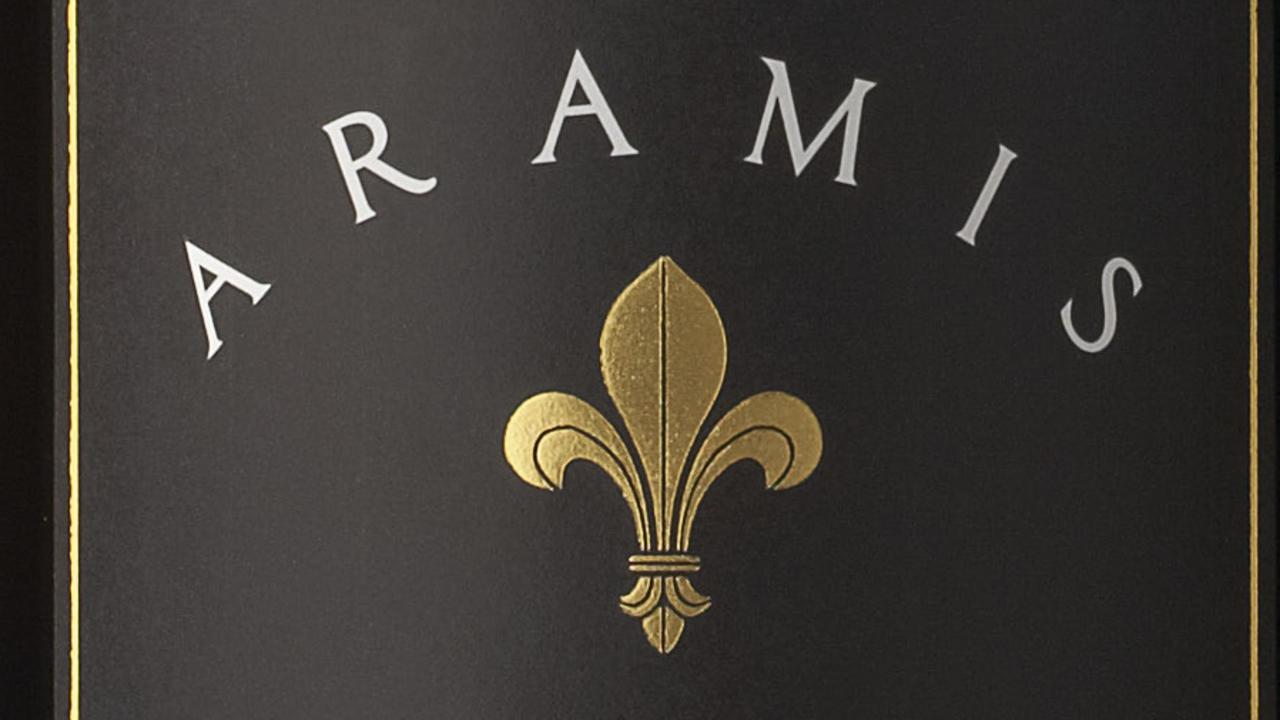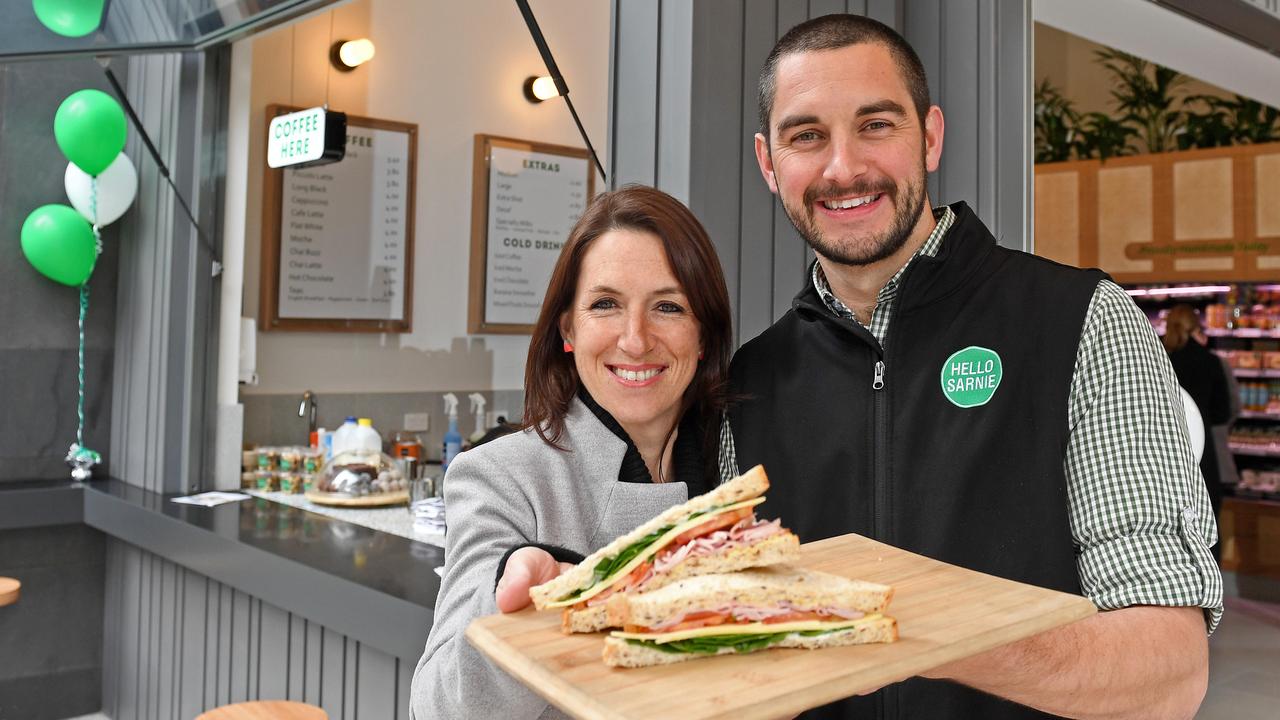SA’s pioneering whisky makers convinced they have the right spirit
Gin may be the drink du jour, but a small band of SA whisky distillers are convinced that their spirit has huge potential in this state.

delicious SA
Don't miss out on the headlines from delicious SA. Followed categories will be added to My News.
Nothing against gin, but given the fuss over the past few years about new brands and international awards and endless variations on G & Ts, it would be easy to conclude this was the only spirit coming out of a local distillery.
However, a small but committed band of pioneers are treading a different and infinitely more difficult path in making a spirit they believe has huge potential in this state, given the quality of resources available here.
That spirit is whisky, a liquor associated more with the cold and damp of a Scottish isle than a sun-drenched landscape at the other end of the world.
If you listen to the arguments of SA’s handful of makers, however, our Mediterranean climate is one of the advantages we have over many traditional strongholds.
“We have the potential to be the same,” says Ian Schmidt from Tin Shed Distillery.
“We have more barley, more sunshine, people with creative get up and go. There is no reason we couldn’t be just as big as the Scottish industry or American industry.”
Marcus Motteram, owner of Hains & Co bar in Gilbert Place and a Tasting Australia Spirit Awards judge, is one convert.
“I think whisky is arguably the most complex spirit on the market and the Australian industry is in an amazing place right now,” he says. “It’s a great drink to finish your night with. You can sit back, close your eyes and look for things in the whisky you are tasting. You are never going to get bored.”
Of course, comparisons with the global industry giants are far-fetched as it stands. Scottish whisky exports alone are estimated to be worth close to $9 billion. Most SA whiskies are made in the Scottish style, using malted barley.
“Scotland would spill more whisky in a year than Australia makes combined,” says Gareth Andrews from Fleurieu Distillery in Goolwa. The stills are many times larger, the process mechanised, the companies massive.

“It’s like the gold rush,” Gareth says of our industry. “The first people got out there with a pick and a shovel and a wheelbarrow, (and) were fossicking in the creeks and on the ground. Eventually that
dies out as the big mining companies go underground and invest in equipment to extract more efficiently.”
Which leads to the great challenge for the whisky producers. Whereas gin can be bottled and sold pretty much as soon as it drips from the still, whisky must be aged for a minimum of two years in used barrels, a long time for distillers to survive with no cash flow,
nor return on considerable investment.
But for those with the patience and the financial backing, the rewards just might justify their faith.
With the second Tasting Australia Spirit Awards presented next week, this is the story of the brave few.
TRULY LOCAL
Whisky production, like brewing, starts with barley, and this is one of the great advantages for distillers in this state, which is renowned for growing great malting quality barley in places like the Yorke Peninsula.
“I think you get some provenance from the grain we are using,” says Marcus Motteram. “If you bring an Australian whisky to your nose, it says ‘Australian whisky’.”
The barley is allowed to germinate and then dried (the malting process), crushed and soaked in hot water, which releases natural enzymes in the husk which converts the starch into sugar.
This goes into the fermenter to create a “whisky wash” – similar to a young
green beer without the hops, Gareth explains.
The first distillation takes this from around 7 per cent alcohol to a quarter of the volume at 30 per cent. Further distillations will take it to about 70 per cent.
It is then watered back slightly and put into barrels for a minimum of two years, sometimes much longer.
BARREL TIME
Whisky is aged in wood that has been matured and tempered through another use and the quality and diversity of barrels available here is another reason local distillers are excited about the potential of the industry.
Unlike Scotland, where distillers import port, sherry (apera in Australia) or bourbon barrels over long distances from countries where they are becoming scarcer, local distillers have a vast repository on their doorstep, courtesy of the wine industry.
Ancient fortified wines from places such as Seppeltsfield are held in oak that has soaked up their character over many years.
Barrels from younger red wines produced in regions such as the Barossa and McLaren Vale will bring a different character.
Some distillers are determined to highlight the character and history of each cask they use.
Others believe blending will create a more consistent and balanced style.

HEAT IS ON
The South Australian climate, with its dry air and big swings in temperature within a single day, are another advantage, our producers claim.
The wood in a barrel expands and contracts depending on the heat, allowing the whisky to seep in and soak up the flavour, before it is expelled.
This means the liquor ages far more quickly than somewhere like Scotland, where the weather is cooler and variations in temperature less pronounced.
Another big variable is barrel size. Smaller barrels allow for more surface contact and will age the whisky quicker, though legally the minimum time is two years.
“The smaller the barrel the faster the job can be done, but if you want good quality you have to move up to big barrels,” Gareth says
“The smallest barrels we use are 100 litres and take more than four years. But I have barrels here that won’t be ready to bottle before my youngest boy, who is seven, has a driver’s licence.”
TIN SHED DISTILLING CO
One of them had a Russian background and wanted to make vodka. The other is a flagpole maker who much preferred rum.
These are the unlikely ingredients behind the Tin Shed Distilling Company, whose Iniquity whiskies have attracted rave reviews and sell as fast as they can be made.
“We are currently selling whisky we made three years
ago now and we didn’t make enough whisky back then,” says Ian Schmidt, who runs the distillery in a factory in the back streets of Welland where he also has his flagpole business.
Ian explains the story began when his “offsider” Victor Orlow shared a plan with him.

“One day, leaning on the school fence waiting for our kids he said that he had seen a still when delivering mail and might buy it to make some vodka,” Ian says.
“I said ‘Don’t bother buying a still, I have one I inherited from my grandfather’.” Around the same time, Ian’s wife suggested he find something less physical to do as a job. And then he went to a whisky tasting that changed him from a rum drinker forever.
In 2004, he started Southern Coast Distillers with Victor and another partner, and, after a falling out, started again as Tin Shed in 2013.
Their Iniquity brand, with its distinctive two-headed piping shrike, is now up to Batch No. 14, available for $160, or in a 200ml sample bottle for $60.
“Each batch is a little different – like brothers,” Ian says. “You line them up and they look the same, but they all have different personalities.”
Occasionally, an exceptional barrel will be released as a Gold Batch, but mostly it is blended.
“Blending is one of the secrets of getting a two-year-old whisky to taste good at that age,” Ian says.
“Some of the parts add up to more than the whole.”
The original still, from Pike’s Brewery, is long gone, replaced with larger, hi-tech equipment.
“We now produce in eight weeks what took eight years at the start,” Ian says.
McLAREN VALE DISTILLERY
Jock Harvey has spent more than 40 years in the wine industry so it’s no surprise that his passion is for capturing the history and character of old barrels in the whisky he makes.
“It’s why the SA whisky industry, particularly in McLaren Vale, has an advantage,” he says. “We have access to unique barrels, each with its own history.”
So he has been saving old barrels, some of which might have been burned or cut in half “and sold at Bunnings”, and filling them with whisky since the company started in 2014.
His plan is to sell bottles of the fortified wine that originally sat in the barrel alongside the whisky that used it next.
“Then you will see the direct link between the two,” he says. “We are working in partnership with wineries from McLaren Vale, the Barossa Valley and Rutherglen.”
The first whisky from McLaren Vale distillery will be released in May, after spending 2½ years in barrel.
themclarenvaledistillery.com.au
ADELAIDE HILLS DISTILLERY
Best known for 78 Degrees and other gins, Sacha La Forgia quietly started thinking about whiskey soon after Adelaide Hills Distillery started.
Not surprisingly, given the botanicals in his gins, the Native Grain Project whiskey he has made is unlike any other.
“I started wondering if the whiskey industry developed in Australia without the Scottish influence, what it would look like,” he says.

“Then I was on holiday in Broken Hill and went out to the desert to drink whiskey under the stars and we were surrounded by wattleseed.”
He found that roasting the wattleseed gave it flavours of chocolate, nuts and smoke – a perfect complement to
the whiskey. The first release, from a single red wine barrel, will be launched on World Whisky Day, May 18. The second will come out next year.
Compared with making gin or beer like his mates in the facility at Lot 100 (cellar door, distillery and brewery) whiskey requires patience, he says.
“Instead of putting your money in the bank, you put it in barrels. Imagine telling Mismatch to put their beer in the corner for two years before they can sell it.”
adelaidehillsdistillery.com.au
SPIRIT OF GONDWANA
Paul Shand is a Scotsman with a passion for whisky and its history – so much so that two years ago he threw in his job as a geologist to establish a distillery in Mount Barker.
The name – Gondwana is the supercontinent from which Australia broke away – harks back to his former occupation.
Paul’s first whiskies went into barrel in July last year and he is hoping they will be ready for release in mid-2020.
“What’s driving me is to make a really good quality whisky,” he says. “That is more important than the volumes.”
Unlike some of the others, he believes it is important for used barrels to be scraped back and recharred, a process in which fire is used to blacken the insides.
“It makes for a richer, more flavoursome whisky,” he says. “If you don’t do it, the wood becomes dead or inactive.”
SMITH’S ANGASTON WHISKY
After lying dormant for more than 20 years, an old still at Yalumba’s historic Barossa winery was fired up in 1997 to produce a limited-edition single malt whisky.
Since then, further batches of Smith’s Angaston Whisky have been released every now and then, the last time in 2016, with another expected to be out later this year. Bottles are sold to a limited database of customers. Inquiries to 8561 3309.



